General information
In general, anyone is welcome to visit us and our events, regardless of their sexuality. It goes without saying that you should behave in a friendly and open manner. It is the duty of the event organisers to integrate every person into the group as well as possible.
However, there are individual target group-specific evenings that are only aimed at this particular group in order to minimise tensions and create a relaxed atmosphere. Whether an event is open or closed to outsiders will be announced.
Help is always needed somewhere in the Referat. Your knowledge and skills are essential for the existence of our organisation, as we are an association run by students for students. It is enough for you to attend the events, but you can also get involved in the organisation and take on specific tasks. The easiest way to do this is to turn up at the plenum and ask what is currently on the agenda and where help is needed.
You can find more information about helping in the Queerreferat here
We aim to create a friendly and open atmosphere in which everyone can feel comfortable. That’s why it would be good to engage with new people and integrate them into the group so that even those who are unsure can quickly overcome their fear of the unknown.
To achieve this, it is essential to ensure non-discriminatory and sensitive interaction. Of course, new visitors can’t know everything, many lack knowledge about queer topics – communication with each other is therefore important, especially speaking up if you feel uncomfortable or notice that others are being attacked or don’t feel good about themselves.
It would make sense to clarify this problem with the person concerned first. If this does not work and you feel severely restricted in your well-being, you can always contact the event organiser or the members of the board.
Yes, our Pink Fluffy Unicorn, PFU for short, is the referat’s own party, which we are trying to officially establish. We put a lot of love and heart and soul into it, and of course a lot of glittery fluff. Rumour has it that there’s even a real (pink) unicorn running around at the party.
Explanation of terms
Queer [‘kwɪə(ɹ)] is a term from the English language and is used as an adjective to describe things, actions or people that deviate from the norm. Originally, it usually expressed a negative attitude towards the deviation or the deviant (connotation).
Queer is the generic term that includes all sexual orientations and gender identities that are not heterosexual and/or cisgender. The term can be used as a group description or as a label to describe the affiliation without having to go into detail.
An intersex (‘inter-’: between, ‘sexus’: gender) person is genetically, anatomically or hormonally not clearly physically female or physically male. In Germany, many children who are born intersex are operated on at an early age so that they can be assigned to one of the two binary gender categories. These people are too young to give their consent.
However, many intersex people suffer from the consequences of the operations later in life and the intersex movement has been campaigning for many years for operations performed on children for purely aesthetic reasons to be banned in Germany.
People who describe themselves as pansexual experience sexual attraction to more than one gender. The term is also heavily debated within the community and is often compared to other terms for multi-gender attraction. Some use the term to describe that their attraction feels the same for all genders or that they feel the attraction regardless of gender, but this definition is not exclusive. There is some overlap between the definitions of bisexuality, pansexuality and omnisexuality, which means that the orientation partly comes down to personal preference.
Caution! Even though the prefix pan- means all, this does not mean that the definition of attraction to all genders is exclusive.
Gender describes the perceived or social gender as opposed to the biological gender (sex). For most people, their perceived gender corresponds to their biological gender. For example, a person who is biologically defined as male also feels male and presents himself as such in his social environment. For some people, there are discrepancies between their gender and their biological sex and they sometimes strive for their social environment to perceive them as they feel. There are also people who feel neither ‘male’ nor ‘female’, but have a gender in between, outside, or no perceived gender.
Aromantic (Greek prefix ‘a-’: un- or without) people feel little or no romantic attraction to other people.
Attention! This does not mean that aromantic and/or asexual people do not have sex or relationships or do not want to.
Asexuals (Greek prefix ‘a-’: un- or without) feel little or no sexual attraction to other people. The differences in the physical closeness in which an asexual person is interested can be very large.
Attention! This does not mean that aromantic and/or asexual people do not have sex or relationships or do not want to.
Heterosexuality (very rarely also alloiophilia) is a sexual orientation in which romance and sexual desire are felt exclusively for people of the opposite sex. The adjective heterosexual is also applied to sexual acts with opposite-sex partners if the participants are not predominantly heterosexual.
Bisexuality describes people who find two, more or all genders sexually attractive. The term is also heavily debated within the community and is often compared to other terms for multi-gender attraction. Some use the term to describe the fact that attraction to different genders feels different, but this definition is not exclusive. Historically, the term has long been used to describe sexual attraction to all genders and is still used in this way to some extent today. There is some overlap between the definitions of bisexuality, pansexuality and omnisexuality, which means that the orientation partly comes down to personal preference
Attention! Even though the prefix bi- or ambi- means ‘two’, this does not mean that bisexuality is limited to two genders or men and women. Bisexuality is not inherently trans-hostile.
People who do not identify with the gender they were assigned at birth can describe themselves as trans*, regardless of whether they identify with a binary gender or not.
Das Wort schwul bezeichnet männliche Homosexualität und wird dennoch im Deutschen sehr oft als Synonym für homosexuell eingesetzt. Immer häufiger wird kommt es im öffentlichen Sprachgebrauch und in der Schriftsprache vor, in einigen Wörterbüchern ist es als umgangssprachlich und als Eigenbezeichnung markiert. Vor allem in der Vergangenheit wurde es auch für weibliche Homosexualität verwendet, wozu heute allerdings das Adjektiv lesbisch benutzt wird. Moderne Definitionen benutzen unter anderem auch Formulierungen wie “Nicht-Frauen, die Nicht-Frauen lieben”, um inklusiver mit nichtbinären Identitäten umzugehen, aber diese Definitionen sind nicht exklusiv.
The adjective lesbian usually refers to homosexual women. The scientific term ‘homosexual’ is rejected by many same-sex orientated women due to the reduction of their feelings to sexuality, as a lesbian lifestyle also includes or can include emotional affection and the desire for a partnership in addition to sexuality. Modern definitions also use phrases such as ‘non-male loving non-male’ to be more inclusive of non-binary identities, but these definitions are not exclusive.
A person who advocates for the rights of queer people, supports the community, and works to examine and dismantle their own cisheteronormativity, but is not queer themselves, can be labelled an ‘ally’.
The acronym comes from the English and includes ‘lesbian, gay/gay, bisexual, trans, queer/questioning, inter, asexual’ and the ‘+’ indicates that identities and orientations not explicitly mentioned are also included. The term is slightly controversial within the community, as variations are repeatedly created that explicitly exclude certain identities or orientations.
This abbreviation includes ‘women (Frauen), lesbians, inter, non-binary, trans and agender’ and is often used nowadays to invite people to events in a more inclusive way or to create a safe space specifically for these minorities.
Attention! Different groups are addressed depending on whether you use FLINTA, women or TINA. These terms are not synonymous.
The umbrella term non-binary describes all people whose gender identity lies between or outside the gender binary of man or woman or whose identity cannot be described exclusively with the binary. Non-binary identities usually belong under the trans* umbrella term.
Attention! Presentation != Gender. Just because a person presents as androgynous or gendernonconforming does not mean that this person is necessarily non-binary.
Some define Tunte as a non-binary, political variant of the drag queen, which includes, among other things, the mostly exaggerated or excessive representation of a gender.

